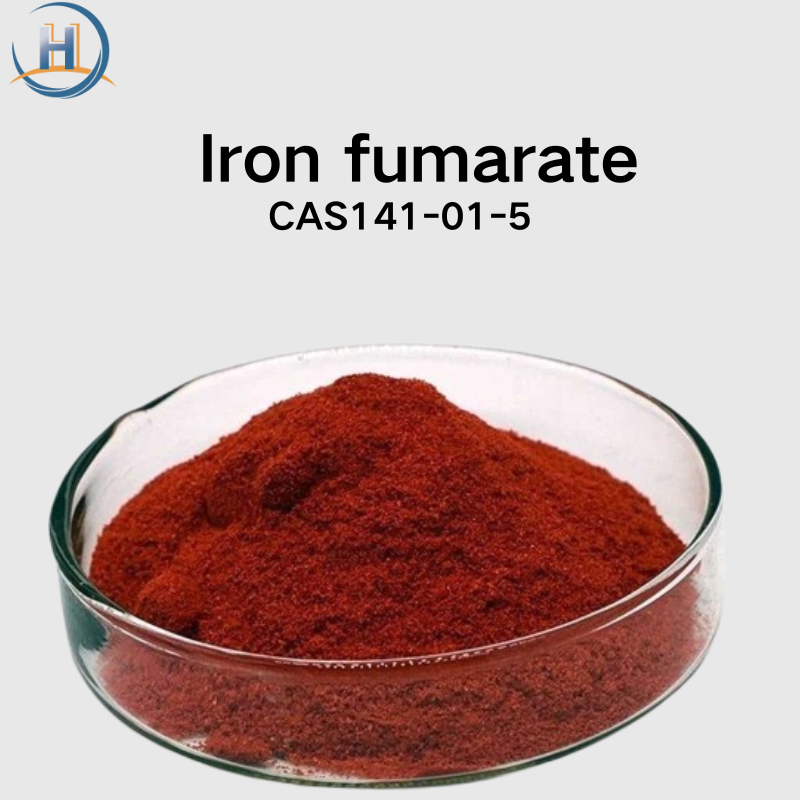-
Categories
-
Pharmaceutical Intermediates
-
Active Pharmaceutical Ingredients
-
Food Additives
- Industrial Coatings
- Agrochemicals
- Dyes and Pigments
- Surfactant
- Flavors and Fragrances
- Chemical Reagents
- Catalyst and Auxiliary
- Natural Products
- Inorganic Chemistry
-
Organic Chemistry
-
Biochemical Engineering
- Analytical Chemistry
-
Cosmetic Ingredient
- Water Treatment Chemical
-
Pharmaceutical Intermediates
Promotion
ECHEMI Mall
Wholesale
Weekly Price
Exhibition
News
-
Trade Service
Polatuzumab
There is no clear standard of care for second-line and above treatment of relapsed/refractory (R/R) diffuse large B-cell lymphoma (DLBCL), particularly in patients
who are not transplant candidates 。 Recently approved therapies in Europe and the United States include polatuzumab vedotin in combination with bendamustine and rituximab (PolaBR), anti-CD19 monoclonal antibody tafasitamab in combination with lenalidomide, CD19 CAR T-cell therapy drugs axicabtagene ciloleucel, tislecagenleucel, and celiniso and loncastuximab tesirine.
They all have special response rates and toxicity characteristics
.
Pola, an anti-CD79b antibody-drug conjugate, has a good response (CR) rate of 40.
0% and a median progression-free survival (PFS) of 9.
5 months
with monotherapy and combination rituximab for R/R DLBCL.
The FDA has approved PolaBR for use in patients
with DLBCL who have previously ≥ 2 lines of therapy.
Real-world reports on PolaBR use remain scarce, particularly regarding potential additional uses for the drug (e.
g.
, salvage therapy after bridging CAR-T or CAR-T), while data from patients treated with PolaBR outside of controlled clinical trials can provide additional information
about the clinical use, duration of treatment, efficacy, and toxicity of this regimen in patients with R/R DLBCL.
Professor Pier Luigi Zinzani of Italy led an observational, retrospective, multicenter Italian study focusing on the efficacy and safety of PolaR (±B) in adult patients with R/R DLLCL (whether to add bendamustine is at the discretion of the physician).
The results were recently published in Hemasphere, the official journal of EHA
.
Research methods
This study analyzed the efficacy and safety of
R/R DLLCL in adult patients with R/R DLLBCL who received at least one dose of PolaR (± B) in the Named Patient Program (NPP) between June 2019 and February 2020.
The primary endpoint of the study was overall response rate (ORR), with secondary endpoints of optimal ORR, overall survival (OS), disease-free survival (DFS), and PFS, and the type, incidence, severity, and possible relationship
to the study drug of any adverse events (AEs) that occurred from the start of treatment to 30 days after the last infusion.
The exploratory endpoint was the difference
in outcome and safety between the two groups of treatments (i.
e.
, PolaR and PolaBR).
Study results
Patient characteristics
A total of 55 patients were enrolled, including 26 women (47.
3%) and 29 men, all of whom received R-CHOP or CHOP-like regimens as first-line therapy
.
Thirty-two patients were primary refractory and 45 (81.
8%) were refractory to last treatment
.
The median number of treatments received before Pola was 3
.
Most patients had stage III/IV (80.
0%) at baseline (i.
e.
, before treatment with Pola), and most (78.
2%) had an ECOG PS score of 0 to 1
.
In terms of Pola, 36 patients received PolaBR and 19 patients received PolaR
.
There was no difference in baseline characteristics between the two groups except bone marrow involvement (Table 1).
Efficacy and outcomes
After a median of 4 cycles of treatment, the final ORR was 32.
7% (18.
2% CR) and the optimal response rate was 49.
1% (Table 2).
The optimal CR rates for PolaBR and PolaR were 27.
8% (reached after a median of 4 cycles) and 26.
3% (reached after a median of 6 cycles),
respectively.
21 patients in the PolaBR group discontinued treatment early: PD (N = 18) was the main reason, 2 patients received transplantation, and 1 patient refused to continue treatment due to poor drug tolerability; Nine patients in the PolaR group were discontinued early: 7 due to PD and 2 due to AE (pneumonia and drug-related toxic dermatoses).
The median DFS was 12.
0 months, the median PFS was 4.
9 months (26.
4% at 1 year), and the median OS was 9.
0 months (48.
7% at 1 year) (Figure 1).
Thirty-three patients received further treatment after Pola, specifically 4 of them using Pola as bridging therapy for stem cell infusion (2 autologous and 1 allogeneic transplant) or CAR-T therapy (1 patient), and 4 patients continued remission at the time of analysis, 2 of which continued CR 19.
5 months and 16.
2 months after Pola ended without any consolidation
.
After 11 months of median follow-up, 35 deaths occurred, all but 5 of which were due to lymphoma (1 due to gastrointestinal bleeding, 2 COVID-19 infections, 1 unspecified infection, and 1 other cause; All are not related to the study drug).
Regarding comparisons between the two treatment groups, the median PFS was 5.
5 months in the PolaBR group, with an estimated 29.
4% of patients being relapse-free at 12 months, compared with 5.
1 months in the PolaR group, with an estimated 21.
1% relapse-free at 1 year (HR=0.
8826, P=0.
7452).
The median DFS was 12.
7 months in the PolaBR group and 9.
6 months in the PolaR group (HR = 0.
9142, P = 0.
7940).
There was no difference
in response rate or survival between the two groups.
security
88 AEs occurred in 31 patients, of which 22 were grade 3 ≥; There were 20 haematological events, of which 16 were grade ≥ 3, including 1 leukopenia, 11 neutropenia, 3 thrombocytopenia and 1 anaemia, and the remaining 4 were 2 grade 2 thrombocytopenia and 2 grade 2 anaemia
.
Only 1 grade 3 febrile neutropenia (drug-related)
occurred in the PolaBR group.
A total of 5 severe AEs occurred in all patients, namely 1 pneumonia (unrelated to study drug), 1 Stevens-Johnson syndrome (associated with polatuzumab), 2 hospitalisations for treatment-related haematological AEs, and 1 death due to gastrointestinal bleeding (unrelated).
A total of 8 neuropathy occurred, all grade 1 to 2, associated with polatuzumab; In addition, 4 infections occurred, all in the PolaBR group
.
In the PolaBR group, 20 patients developed at least 1 toxicity, including 18 hematologic events (13 ≥grade 3) and 20 non-hematologic events (5 ≥ grade 3).
In the PolaR group, 11 patients developed at least one AE: including 2 hematologic toxicities (grade 4 leukopenia and neutropenia, both resolved with granulocyte colony-stimulating factor support) and 25 non-hematologic AEs (2 patients ≥ grade 3)
that occurred in the same patient.
There was a statistically significant difference in the occurrence of AEs between the two groups: more hematological AEs and ≥ grade 3 AEs in the PolaBR group, and more neurological disorders in the PolaR group (Table 3).
discuss
This study confirms the feasibility and safety of Pola(B)R regimen for the treatment of R/R DLBCL in the real world: among patients who received multiple lines of therapy before and the proportion of patients refractory to last therapy (81.
8%), the ORR was 32.
7% and the optimal ORR was 49.
1% (CR rate 27.
3%)
.
There was no difference in efficacy outcomes between this study and other real-world studies of Pola-based regimens in the treatment of R/R DLBCL (Table 4), particularly with similar median PFS and median OS and ORR and CR rates
.
The authors also analysed differences between patients treated with bendamustine and those who did not, and found no difference in response rate or survival between the two treatment groups, but a difference in the incidence of AE, particularly higher grade ≥3 hematologic toxicity
with the PolaBR group 。 This suggests that PolaBR and PolaR are equally effective, but there are at least 3 reasons why PolaR is preferred: patients are less toxic, there is cost savings in removing one drug from the combination regimen, and clinicians can use bendamustine in subsequent treatment lines as salvage therapy
after relapse.
Although the incidence of neuropathy was significantly higher in the PolaR group (median 6 versus 4 cycles), possibly due to more cycles of treatment, the percentage of patients discontinued for AE was very low in both groups (3.
6%), confirming the manageable safety of this regimen
.
Polatuzumab may also be an effective bridging therapy for CAR-T cell therapy or transplantation, or may be considered as a salvage treatment
after failure of CAR-T cell therapy.
However, this study did not solve this problem, and only 3 patients used polatuzumab as a bridge for transplantation
.
References
Lisa Argnani,et al.
Real-world Outcomes of Relapsed/Refractory Diffuse Large B-cell Lymphoma Treated With Polatuzumab Vedotin-based Therapy.
Hemasphere .
2022 Nov 11; 6(12):e798.
doi: 10.
1097/HS9.
0000000000000798.







